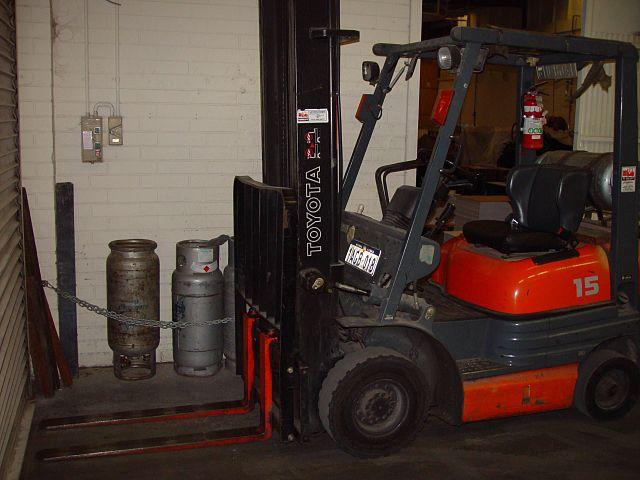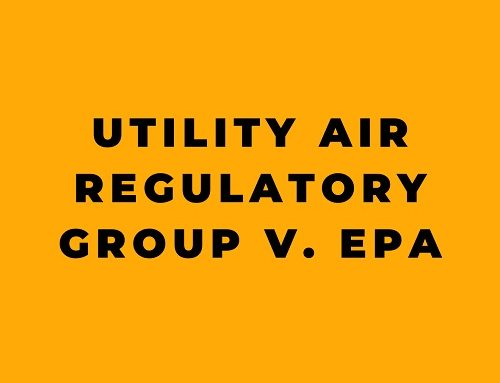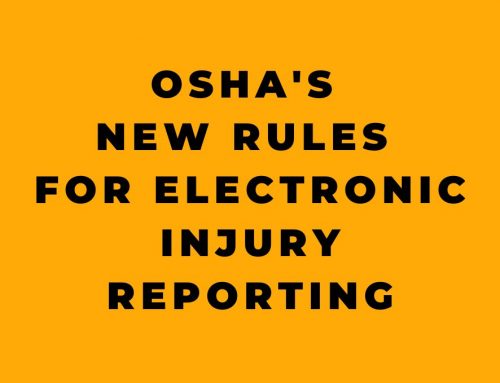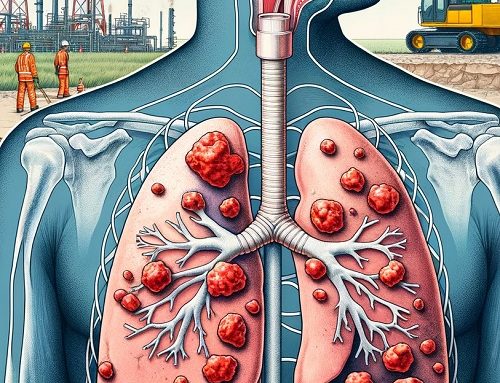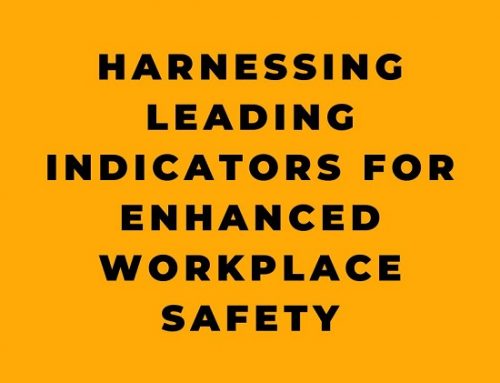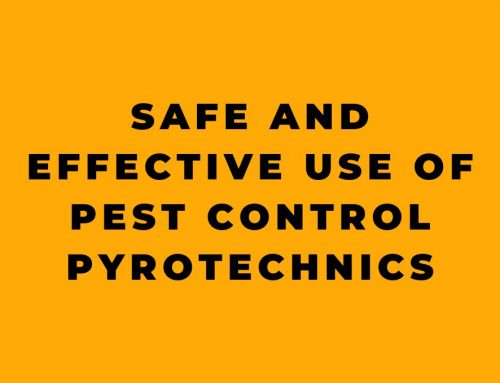Powered industrial trucks, commonly referred to as forklifts, are widely used in many industries, and it’s essential that employers and employees are aware of the regulations and best practices surrounding their use.
Powered industrial trucks, as defined by OSHA, include any mobile power-propelled truck used to carry, push, pull, lift, stack, or tier materials. This includes, but is not limited to, forklifts, pallet jacks, and powered hand trucks. OSHA regulations apply to all powered industrial trucks, regardless of the type or size of the vehicle. This is important because it ensures that safety regulations are in place for all types of powered industrial trucks, not just a select few. This helps to ensure the safety of all employees who may come into contact with these types of trucks in the workplace.
OSHA regulations state that employers must ensure that powered industrial truck operators are trained and authorized to operate the specific type of truck they will be using. This includes training on the truck’s controls and equipment, as well as the hazards specific to the work area. Employers must also ensure that powered industrial truck operators are re-evaluated every three years, or more frequently if an operator is involved in an accident or near-miss incident. This is important because it ensures that operators are properly trained and familiar with the specific truck they will be operating, and that they are continuously evaluated to ensure they are operating the truck safely. This helps to prevent accidents and injuries in the workplace.
Employers must also ensure that powered industrial trucks are maintained in safe operating condition. This includes regular inspections, and repairs and maintenance as needed. Employers must also ensure that powered industrial trucks are equipped with an appropriate warning horn, backup alarm, and that the operator has a clear view of the travel path. This is important because it ensures that the trucks are in good working condition and that any potential hazards or issues are identified and addressed. Regular inspections and maintenance also help to prevent breakdowns and malfunctions, which can lead to accidents and injuries. Additionally, the warning horn and backup alarm help to alert others to the presence of the truck, and the clear view of the travel path helps to prevent collisions and accidents.
When operating a powered industrial truck, it’s important to be aware of the potential hazards in the work area. This includes obeying posted speed limits, avoiding blind spots, and being aware of the weight and stability of the load being carried. It’s also important to follow proper stacking and storage procedures to ensure the stability of the load and prevent tipping. This is important because it helps to prevent accidents and injuries by ensuring that the operator is aware of their surroundings and that the load is being handled safely. Proper stacking and storage procedures also help to prevent damage to the load and the truck.
In conclusion, understanding what OSHA considers a powered industrial truck, and adhering to the regulations and best practices surrounding their use, is crucial for ensuring a safer workplace. Employers have a responsibility to ensure that powered industrial truck operators are properly trained and that the trucks are maintained in safe operating condition. Operators also have a responsibility to be aware of potential hazards in the work area and to follow proper stacking and storage procedures. By following these guidelines, we can help to prevent accidents and injuries in the workplace.
References:


